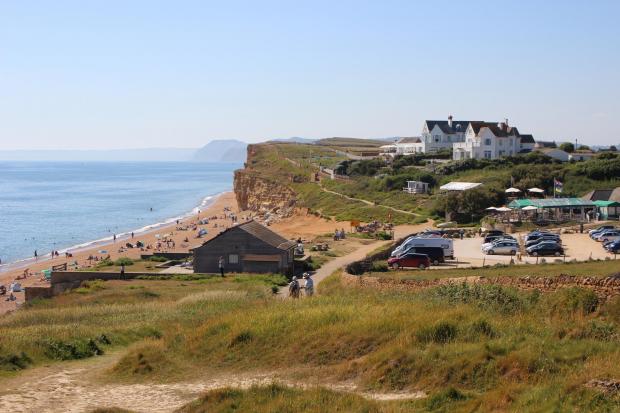Top Beaches in Dorset Recognized as Some of the Best in the UK
Two beaches in Dorset have been celebrated as some of the finest in the United Kingdom. Hive Beach at Burton Bradstock and Southbourne Beach in Bournemouth have made it to the annual list of the best UK beaches, as featured in the Times and Sunday Times Best UK Beaches guide.
This year marks the 17th edition of the guide, which is considered the most comprehensive and authoritative ranking of the UK’s top 50 beaches. The selection process involved an extensive month-long tour across the coasts of Britain and Northern Ireland, during which the chief travel writer for the Times and Sunday Times, Chris Haslam, personally visited and evaluated 756 beaches.
The evaluation was based on a rigorous 11-point checklist designed to assess the quality and appeal of each beach. Key factors include water quality, cleanliness, accessibility, car-parking facilities, presence of lifeguards, hygiene levels in restrooms and showers, and whether the beach is dog-friendly.
It’s important to note that this guide only includes beaches located on the mainland of the UK, excluding any islands or coastal areas outside of this region.
Best Beaches in the South of England
Among the standout beaches in the South of England, Milford on Sea in Hampshire has been named the Beach of the Year. Other notable mentions include Margate in Kent, Normans Bay in East Sussex, Newhaven West in East Sussex, Selsey in West Sussex, Southbourne in Dorset, and Hive Beach in Dorset.
Hive Beach is particularly popular due to its breathtaking coastal scenery, opportunities for fossil hunting, and access to the South West Coast Path. It is part of the Jurassic Coast, a UNESCO World Heritage Site, offering stunning views of the English Channel and dramatic cliffs.
The beach is also home to the Hive Beach Cafe, which serves locally sourced seafood and provides panoramic ocean views. Its golden pebble shoreline and impressive sandstone cliffs create a picturesque setting that attracts visitors from all over.
The area’s unique geology makes it a prime location for fossil hunting, especially for those interested in finding ammonites embedded in the limestone boulders along the cliffs. Additionally, the site played a role in military training during World War Two, with British Commandos and US Rangers using the area for preparation.
Visitors should exercise caution when exploring the cliffs, as they are known to be unstable and prone to rockfalls and landslides. It is essential to follow safety guidelines, pay attention to warning signs, and stay within designated paths to avoid any potential hazards.
For those looking to explore more of the UK’s best beaches, the full list can be found online.







